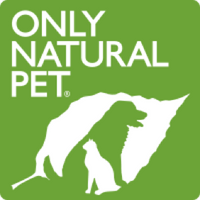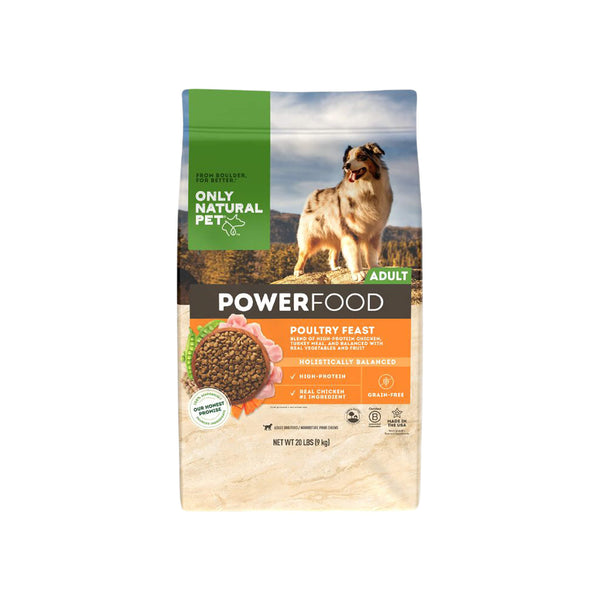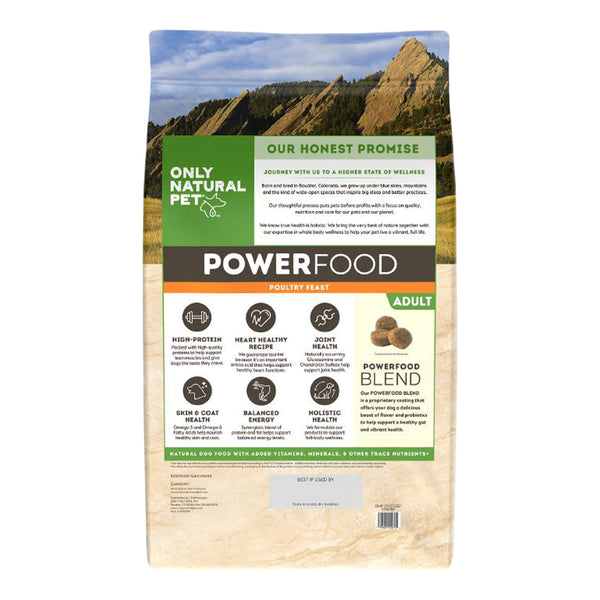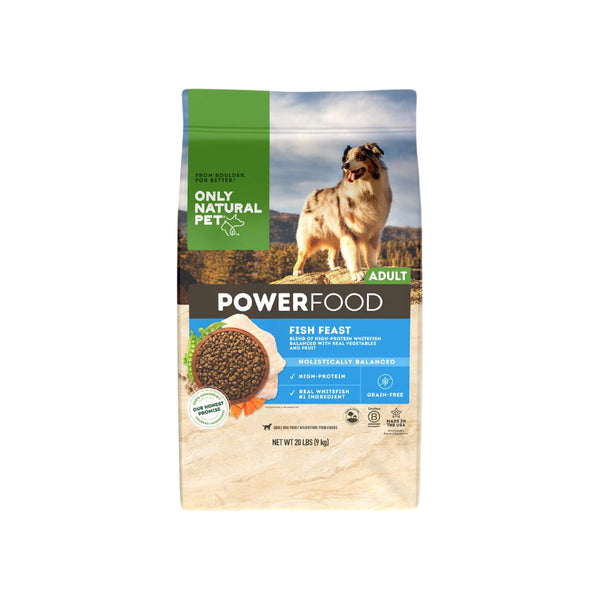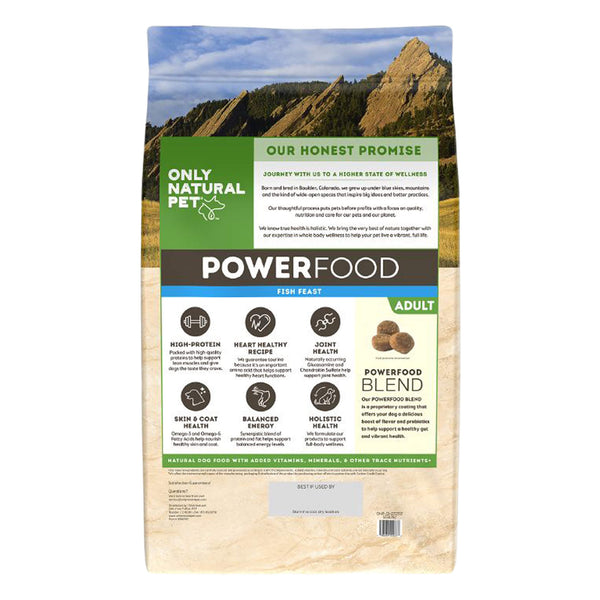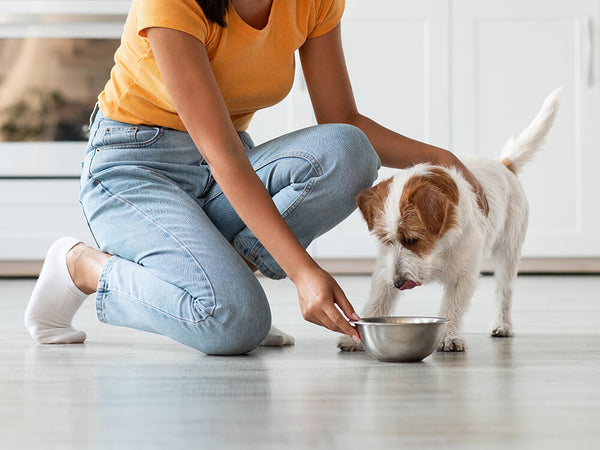Is Grain-Free Bad for Cats or Dogs?
Written by: Dr. Jean Hofve, Holistic Veterinarian, DVM
Why Does Pet Food Have Grains?
Grain-free dry kibble diets for dogs and cats have become a main stay in pet stores. The grain-free trend originated with raw diets as many proponents of raw food studied evolutionary dietary habits of our companions’ wild ancestors and decided that grains were unnecessary.
While wolves and wild dogs may graze a bit on greens periodically, most of their nutrition comes from meat, including organ meat, like the stomach and intestines of their prey, which contains small amounts of partially digested grasses and other vegetation. This plant matter contains no processed grains.
In the wild, cats only eat meat and the very tiny amount of grain or vegetable matter a mouse or bird stomach might contain. That is why they are referred to as "obligate carnivores."
So why is grain in so many pet foods? When it comes to low-quality, highly-processed grains like wheat and corn, it's because it is a less expensive source of nutrients and energy than meat, and because something has to hold a dry food together.
While not all grains necessarily bad for companion animals, they can cause problems for some. Food sensitivities are becoming more widespread among dogs and cats, and grains seem to play a fairly significant role in aggravating these sensitivities. Grains and carbohydrates can also contribute to weight problems in pets.
Is Grain Free Bad for Cats?

Most cats are better off without grains and will thrive on a natural grain free diet. Cats are designed to acquire the protein and amino acids (like taurine) needed in their diet from meat. They do need some fiber in their diet since their lifestyle is not what it would be in the wild, but a small amount of steamed or ground vegetables is a good way to add fiber.
If you choose to feed your cat a grain-in diet, look for ancient grains like millet or oatmeal, since they're lower on the glycemic index and higher in nutrients and fiber. If you can't get your cat to switch to grain-free (we all know how finicky they can be!), try some cat food toppers to entice them a little more.
Is Grain Free Bad for Dogs?
While grain-free diets can be a healthy alternative to grain-in diets for dogs, they may not be the best choice for every overweight animal. Some less active dogs have gained weight on grain-free kibble. For dogs, more so than cats, a natural grain inclusive dog food can be part of a healthy diet.
Keep in mind that if your dog is getting sufficient nutrition from less food in a natural grain-free dog food diet, then you can cut down on the amount you feed. In other words, you may have needed 2 cups of dog food that contained rice or oats as a large part of its content. With a grain-free food that is as much as 50% meat, your dog may not need as much to obtain the same amount of nutrition. Every pet is different, so you will need to consult the label on the bag and use your best judgement.
Very active working and sporting dogs may lose weight on a completely grain-free diet. Rotating a grain-free food with an ancient grains diet may be a better option for more active dogs.
Other Considerations
Before puppies and kittens transition to adult food as well as pregnant and nursing mothers can use the extra protein and nutrients from a grain-free food. Remember to feed extra for these high-need individuals; three meals a day until they are 4-6 months old, and for pregnant and nursing moms, too.
